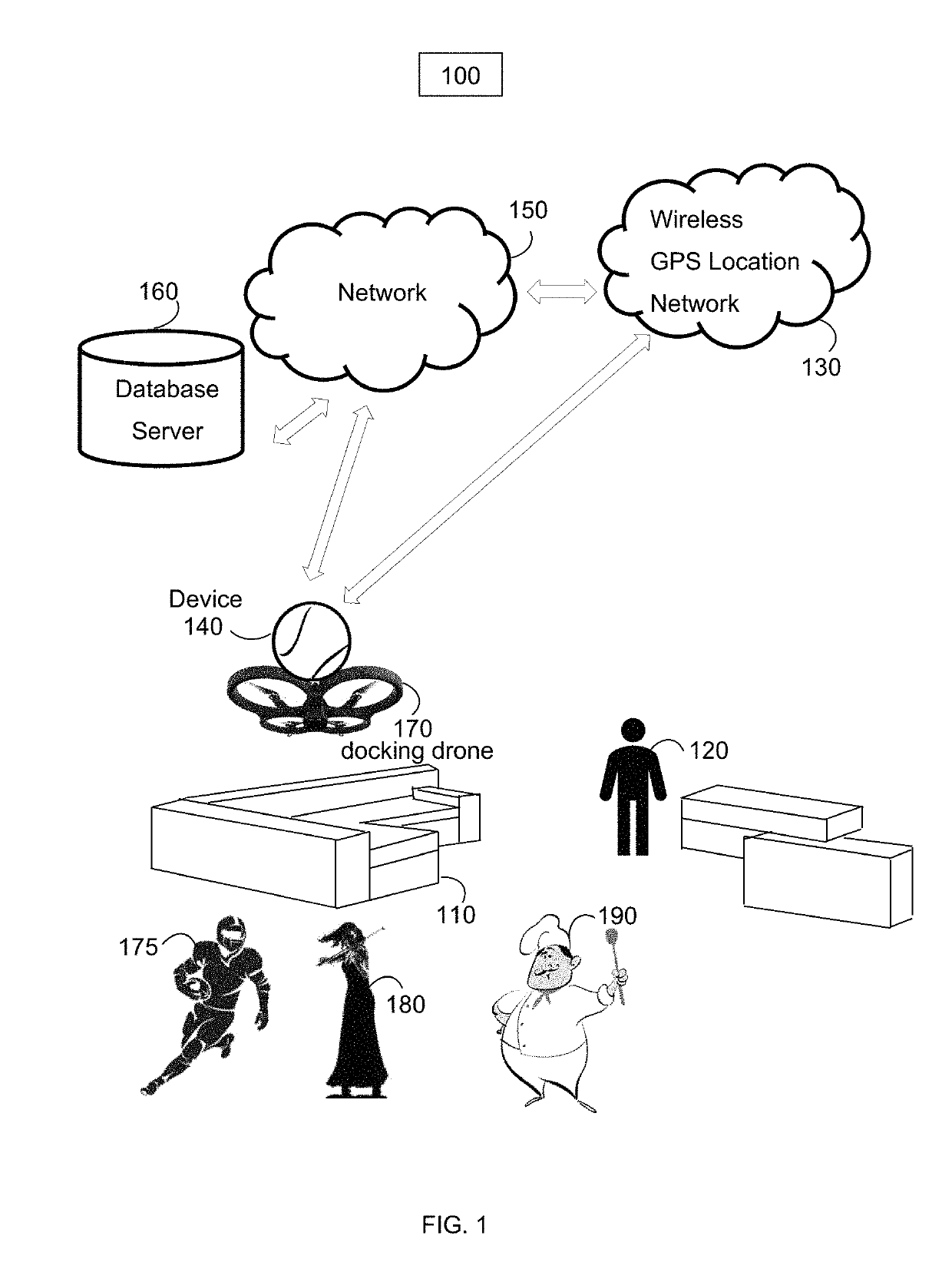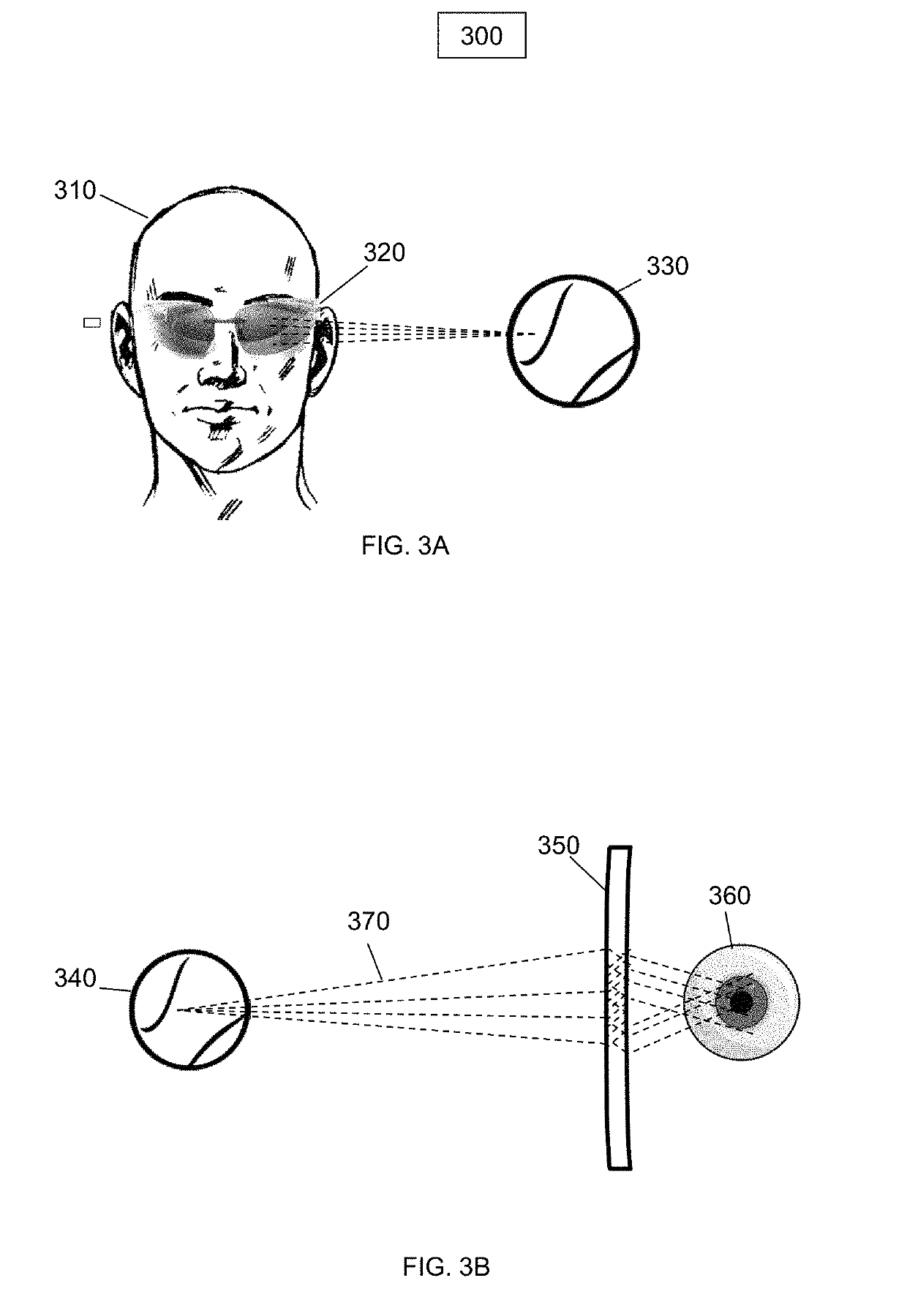Computer ball device for mixed reality, virtual reality, or augmented reality
a technology of mixed reality and computer ball, which is applied in the field of mixed reality, virtual reality, or augmented reality, can solve the problems of preventing human interaction in groups, reducing the degree of privacy of users, so as to reduce memory leakage, improve the degree of privacy, and improve the effect of user experien
- Summary
- Abstract
- Description
- Claims
- Application Information
AI Technical Summary
Benefits of technology
Problems solved by technology
Method used
Image
Examples
Embodiment Construction
[0037]The discussion below is directed to certain specific implementations. It is to be understood that the discussion below is only for the purpose of enabling a person with ordinary skill in the art to make and use any subject matter defined now or later by the patent “claims” found in any issued patent herein.
[0038]The following paragraphs provide a brief summary of various techniques described herein such as illustrated in FIG. 1. In one implementation as illustrated in FIG. 1 the ball CPU device 140 is mounted on a drone charging base 170. The ball CPU device 140 may gather preliminary information to complete and transmit a map tile database 160 utilizing the wireless network 150 and wireless GPS location network 130 of the users environment from a fixed radius from the user 120. The map tiles from the database server 160 are then transferred to the ball CPU device 140 on a wireless network 150 from the database server 160. The CPU ball device 140 only utilizes map tiles in the...
PUM
 Login to View More
Login to View More Abstract
Description
Claims
Application Information
 Login to View More
Login to View More - R&D
- Intellectual Property
- Life Sciences
- Materials
- Tech Scout
- Unparalleled Data Quality
- Higher Quality Content
- 60% Fewer Hallucinations
Browse by: Latest US Patents, China's latest patents, Technical Efficacy Thesaurus, Application Domain, Technology Topic, Popular Technical Reports.
© 2025 PatSnap. All rights reserved.Legal|Privacy policy|Modern Slavery Act Transparency Statement|Sitemap|About US| Contact US: help@patsnap.com



